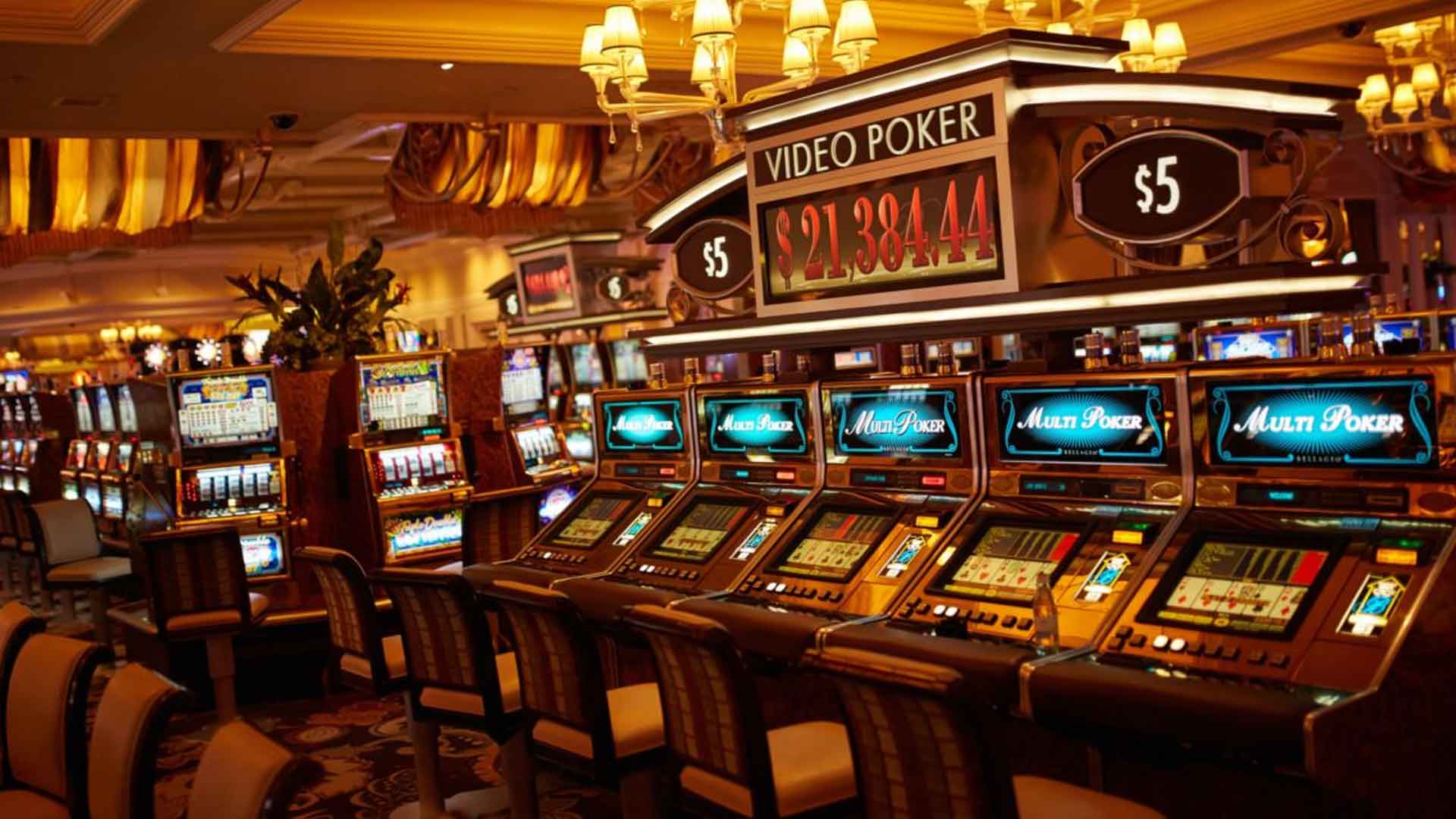The Secrets of High-Stakes Poker Rooms
The Secrets of High-Stakes Poker Rooms
Beyond the velvet ropes and hushed tones of exclusive, high-stakes poker rooms lies a world far removed from the casual Friday night game. Here, fortunes are won and lost on the turn of a single card, but the real currency isn't just money—it's information, discipline, and psychological warfare. The secrets of these rooms aren't about marked cards or hidden aces; they are deeply ingrained principles of strategy, mental fortitude, and human observation that separate the sharks from the fish.
To truly understand what unfolds in these pressure-cooker environments, one must look past the glamour and dissect the intricate dance of skill and nerve that defines every hand.
The Mental Game: Fortitude Over Fortune
The single most important secret of high-stakes poker is that the game is played in the mind long before the chips hit the felt. Professional players cultivate an almost stoic level of emotional control. A multi-million dollar pot is treated with the same detached analysis as a small-stakes hand. This mental armor is crucial for several reasons:
- Avoiding Tilt: "Going on tilt" is the poker player's nightmare—a state of emotional frustration that leads to reckless, irrational decisions. In high-stakes games, a single tilted decision can be financially catastrophic. The pros have developed mental triggers and routines to recognize and neutralize tilt before it takes hold.
- Endurance: High-stakes sessions can last for 12, 24, or even 48 hours. Maintaining peak cognitive function under fatigue and stress is a practiced skill. It involves physical fitness, proper nutrition, and the mental stamina to make complex mathematical and psychological calculations deep into a session.
- Reading the Player, Not the Cards: At this level, everyone knows the odds. The real edge comes from understanding your opponents. Is their bravado genuine or a bluff? Is their hesitation a sign of weakness or a trap? Pros are master profilers, cataloging every betting pattern, physical tell, and verbal cue to build a psychological roadmap of everyone at the table.
Bankroll Management: The Science of Survival
You cannot win a game you can no longer afford to play. This simple truth is the foundation of every successful poker career. Amateurs see a massive pile of chips; professionals see a carefully managed business asset. The secret here is ruthless discipline. A high-stakes player never sits down at a table where a single bad run could wipe them out. They employ strict rules, often risking no more than 1-5% of their total bankroll in a single session.
This disciplined approach ensures longevity. It allows them to absorb massive losses (known as "swings") without compromising their ability to play their best game. It transforms gambling into a long-term investment strategy, weathering variance to allow their superior skill to prevail over time.
The Unspoken Dynamics of the Table
Every poker table has its own ecosystem, and in high-stakes rooms, these dynamics are amplified. The secrets are not just in how you play your cards, but in how you conduct yourself. "Table image" is a crucial tool. A player might spend hours playing conservatively (a "tight" image) only to set up a massive, credible bluff later on. Conversely, a player with a "loose," aggressive image can get paid handsomely when they finally pick up a monster hand.
This meta-game extends beyond the felt. The social engineering, the carefully chosen conversations, and the deliberate projection of a certain persona are all part of the arsenal. While the intensity of a live VIP room is unique, the core skills of reading patterns and player tendencies are universal. This is true even in different gaming environments, such as when engaging with a top-tier m88 online casino dealer, where spotting betting patterns and timing becomes the digital equivalent of a physical tell.
Strategy Beyond GTO: The Exploitative Edge
In recent years, "Game Theory Optimal" (GTO) has become a buzzword in poker. It’s a defensive strategy that aims to make a player mathematically unexploitable. While all high-stakes pros have a deep understanding of GTO, the real secret to crushing the games is knowing when to deviate from it.
The ultimate goal is not to be unexploitable, but to be maximally exploitative. This means identifying the specific flaws in an opponent's strategy and adjusting your own to take advantage of them. If an opponent folds too often to aggression, you bluff them relentlessly. If they call too often, you only bet when you have a strong hand. The secret isn't just knowing the perfect play in a vacuum; it's about finding the most profitable play against the specific humans sitting across from you.
In conclusion, the secrets of high-stakes poker rooms have little to do with luck. They are a testament to human potential—a synthesis of unwavering discipline, profound psychological insight, and a strategic depth that rivals that of a chess grandmaster. It is a world where the mentally strong prey on the weak, and survival depends on a foundation of cold, hard logic and an unshakable will to win.
tag: M88,



